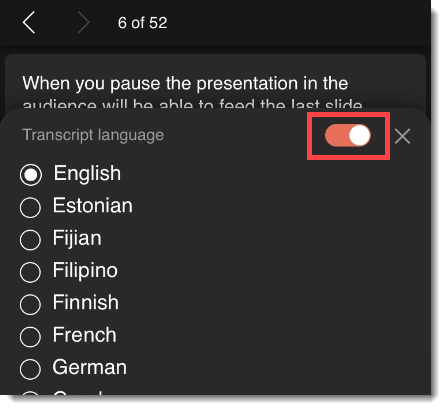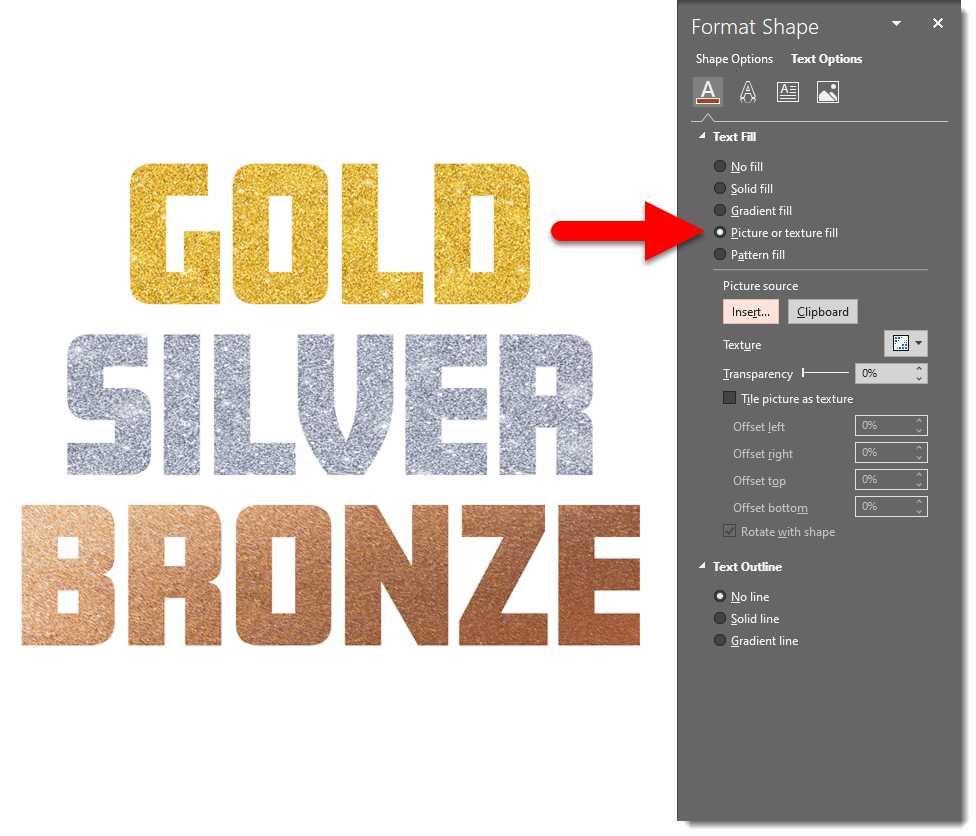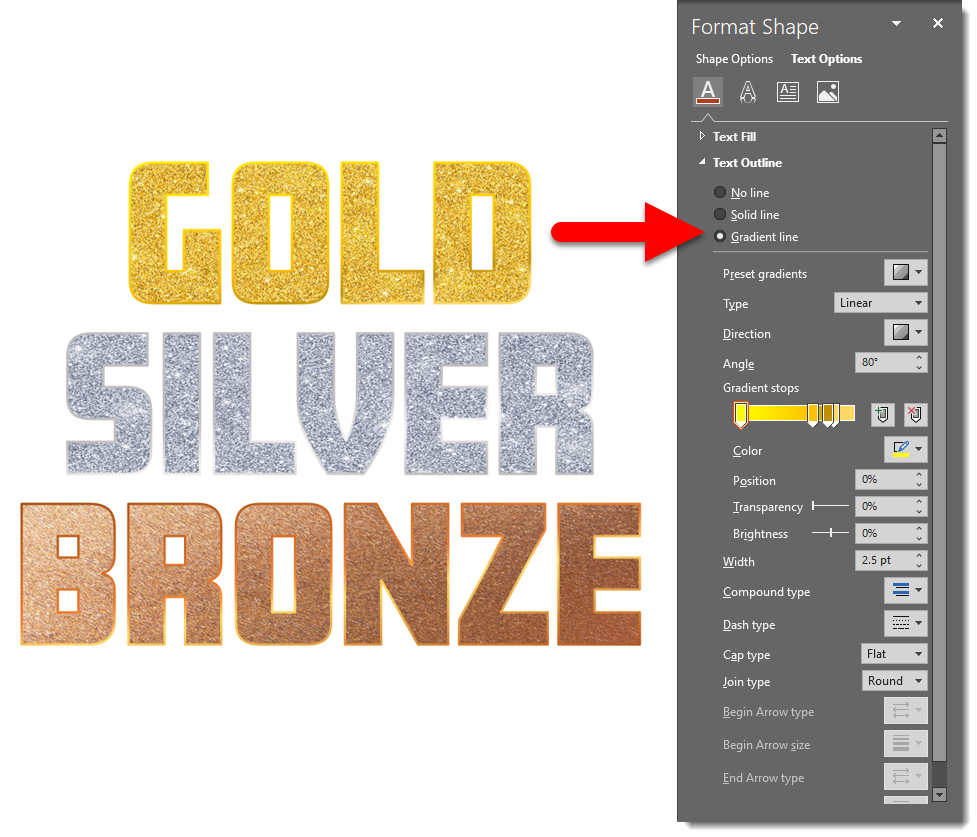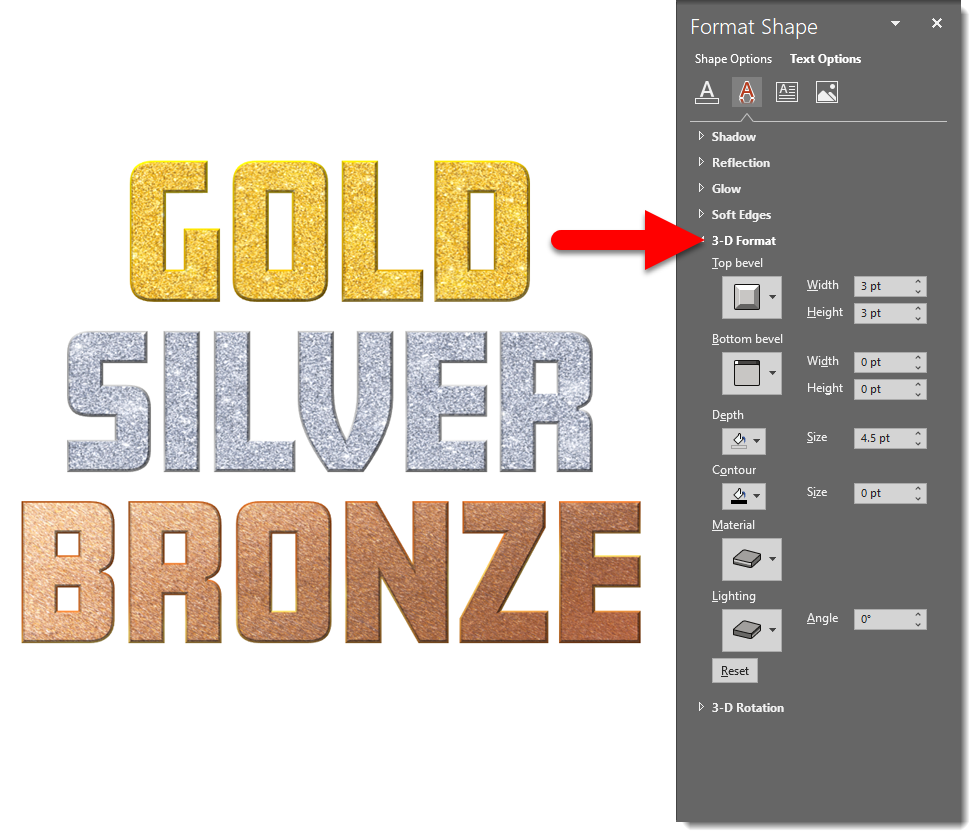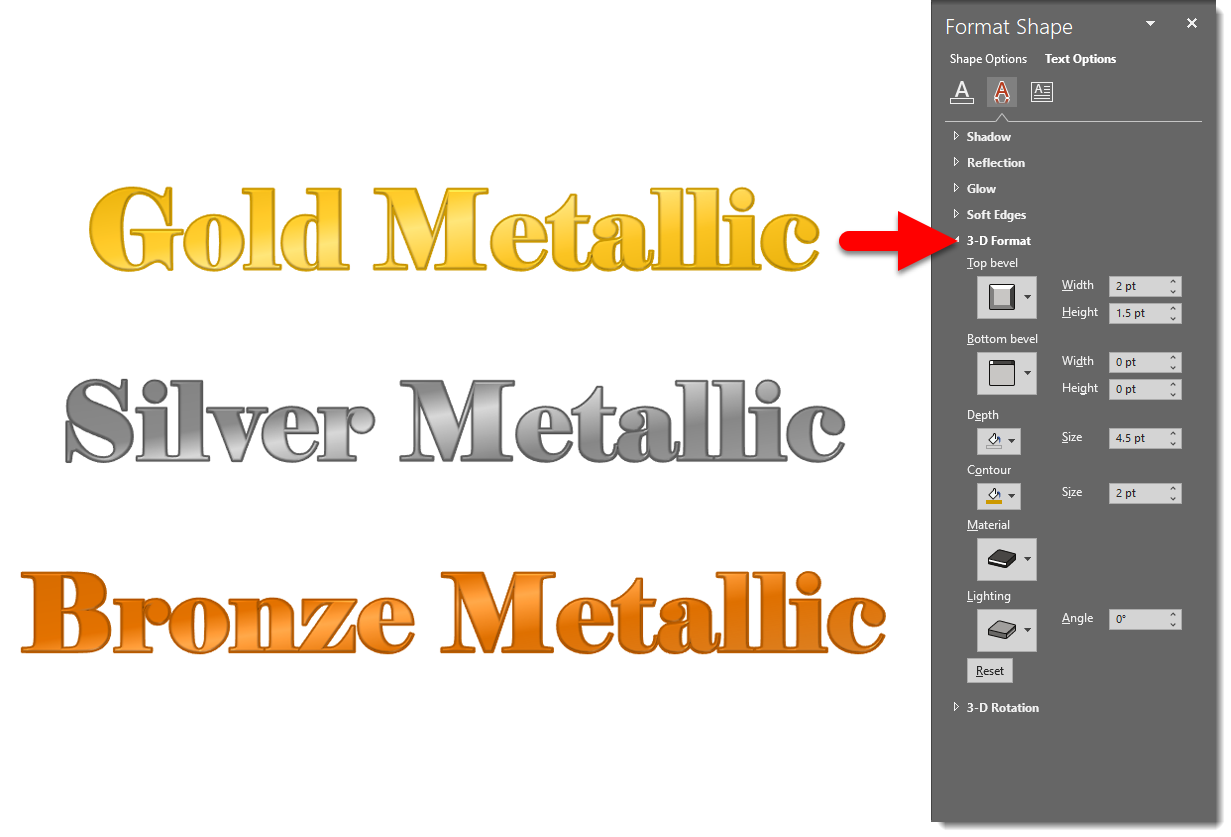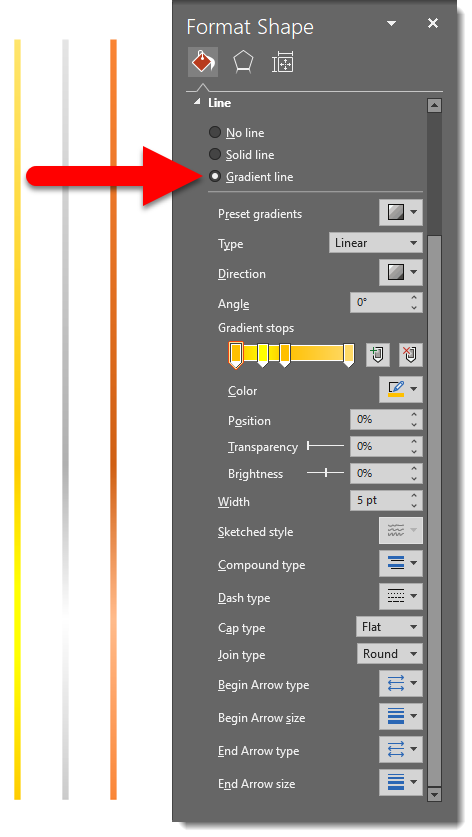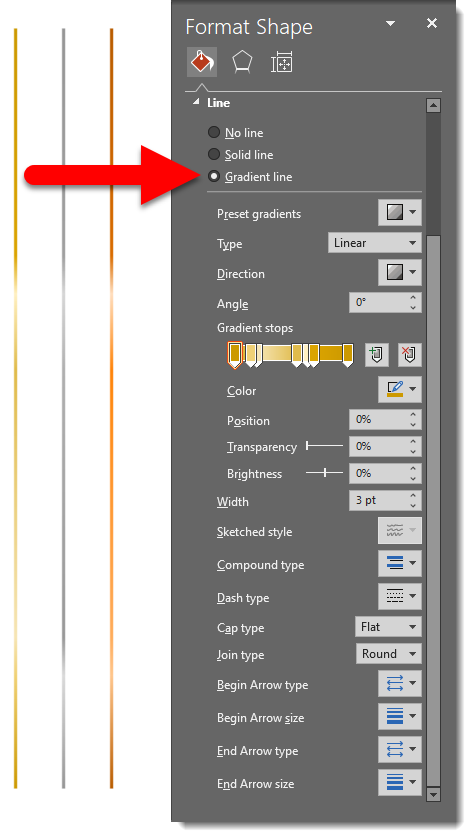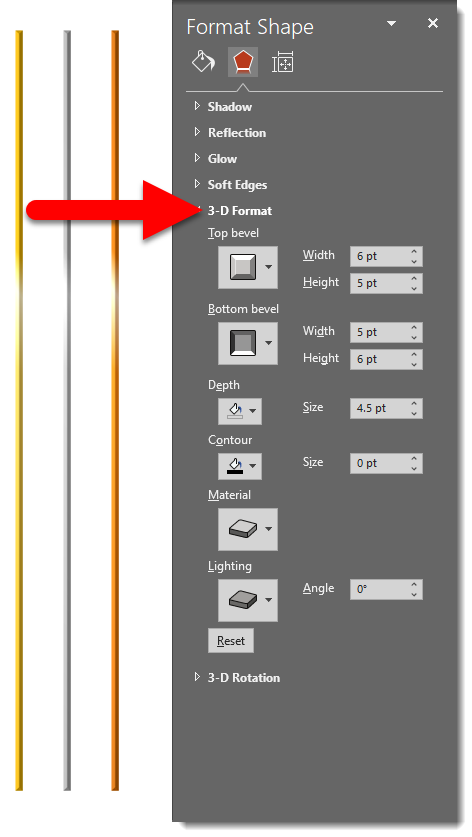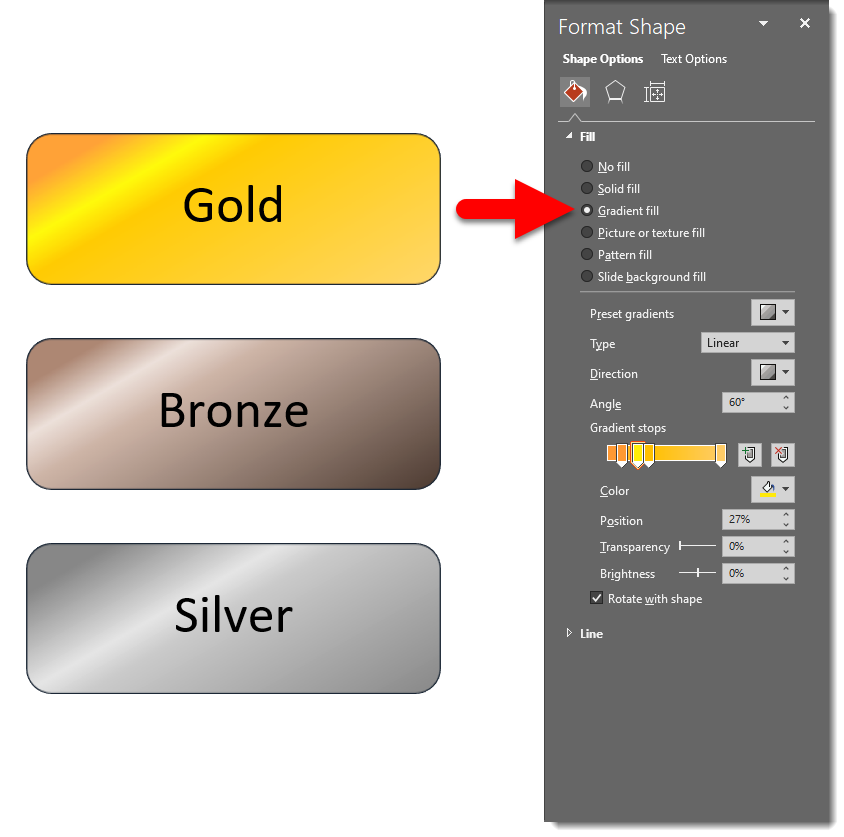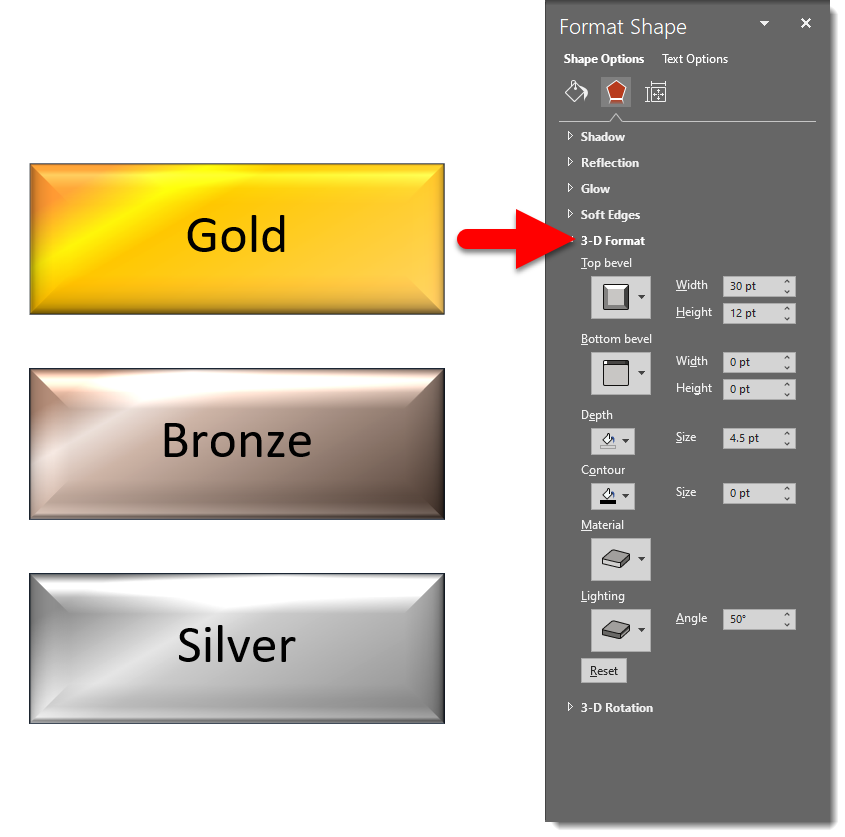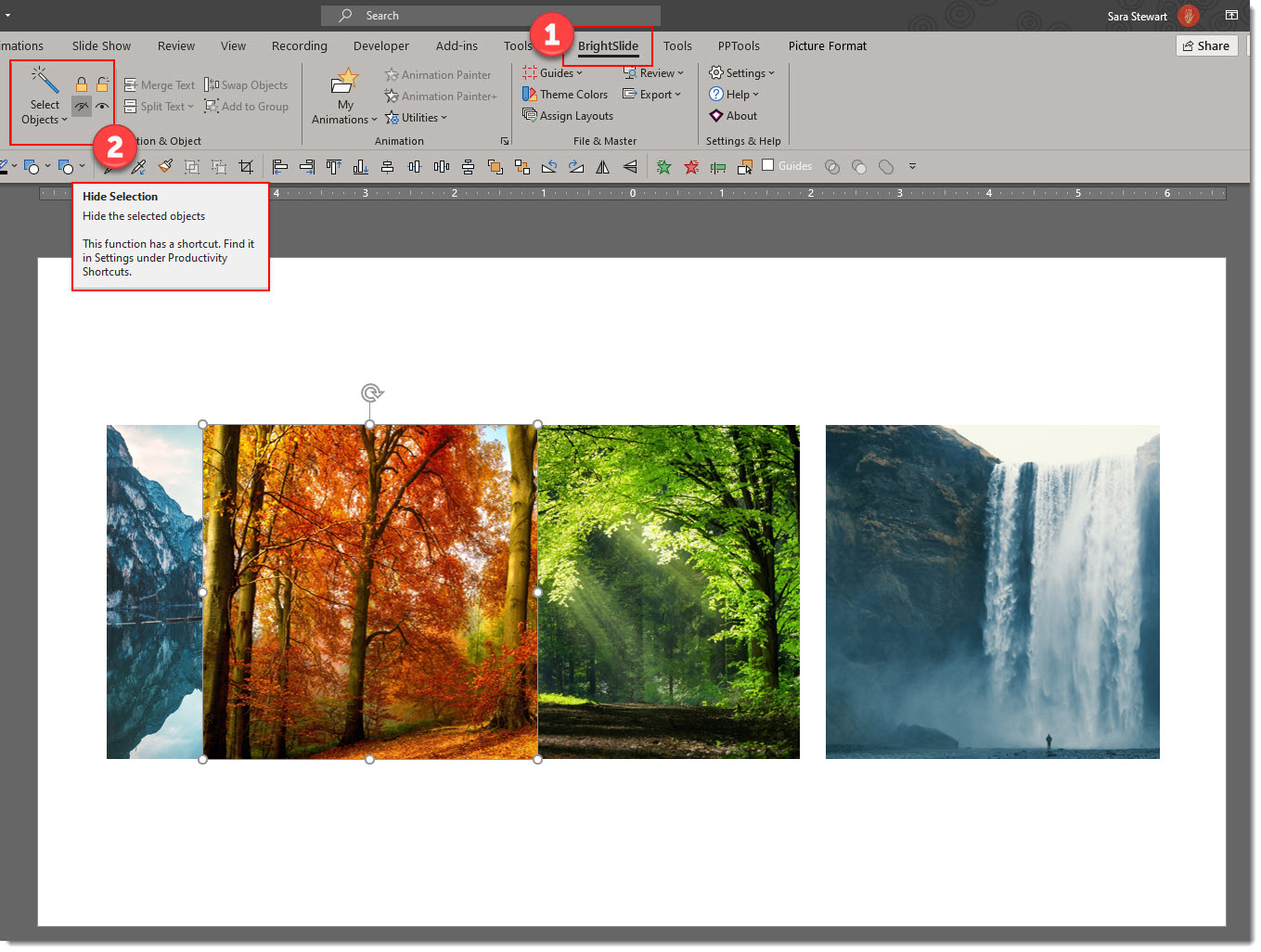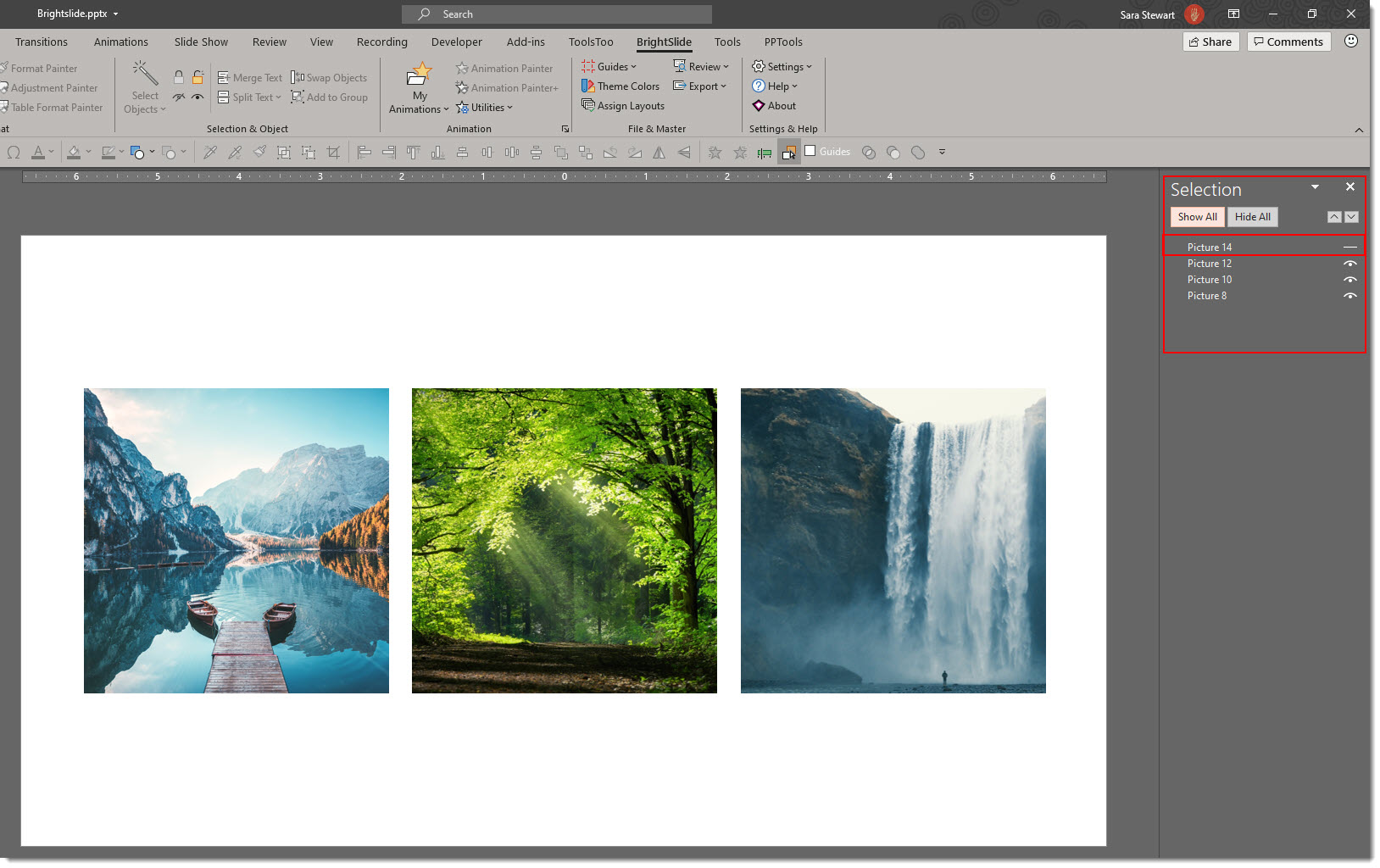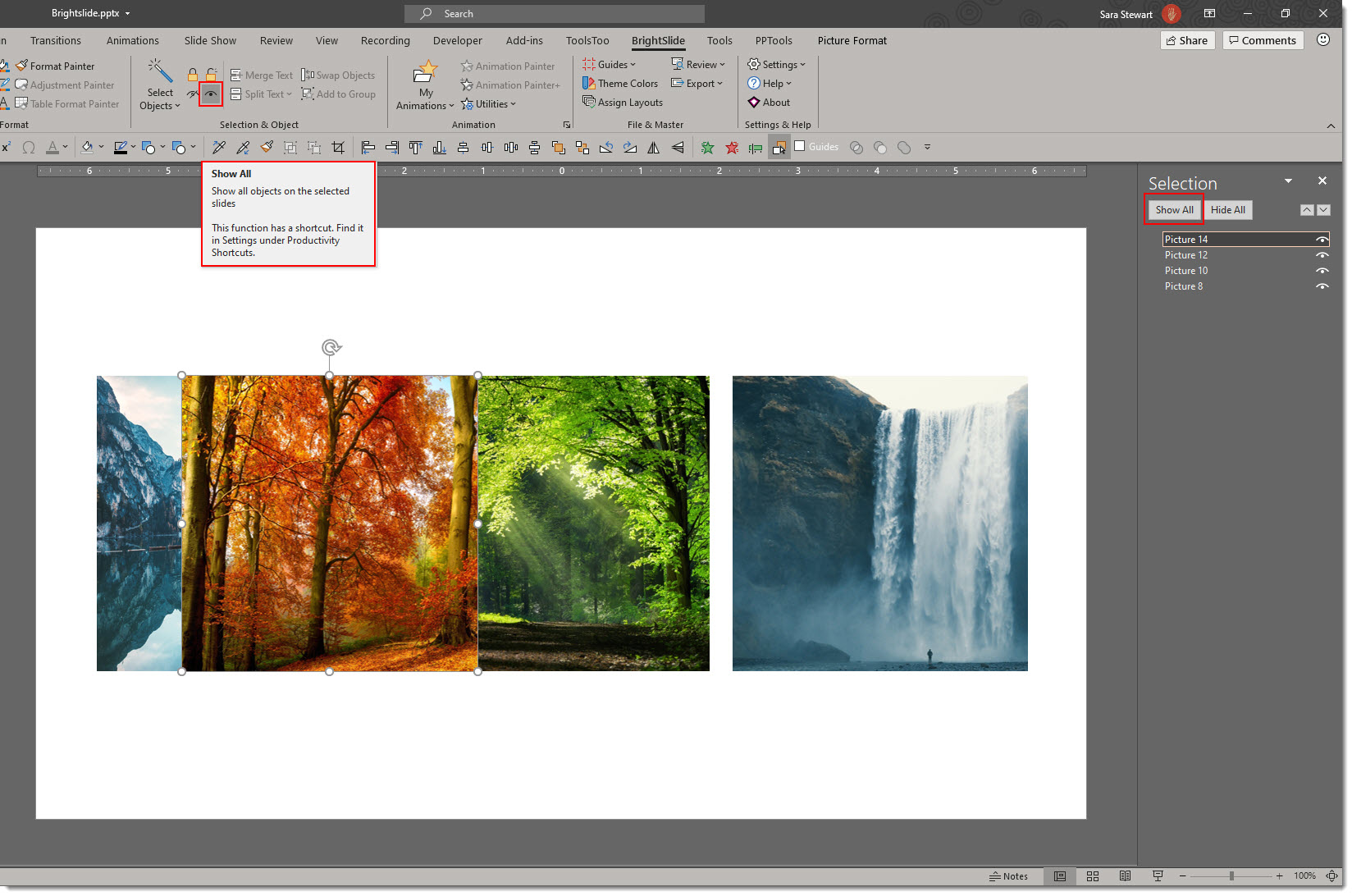We are super excited about all the features included with Microsoft’s new release of PowerPoint Live Presentations; remote audience seeing your slides and hearing the presenter on their mobile device, seeing earlier slides, and – most impressive of all – live transcription of the presenter’s speech in the language choice of each viewer.
But the last item, live transcription, can be confusing. Presentation Live’s transcription is different than the existing PowerPoint Subtitles (which is also a live transcription feature).

I believe both services are powered by the same engine (which does a very good job, and is improving with expanded use). Here is the way I am describing each, and how they differ:
PowerPoint Subtitles – These display on the presenter’s slide in one selected language.
PowerPoint Live’s Live Transcription – These display on the screen of anyone logged in and viewing the presentation. They do not display on the presenter’s screen, because everyone can choose what language is displayed on their own screen.
Both features need access to the presenter’s microphone, and both have the ability to instantly translate into 60+ languages .
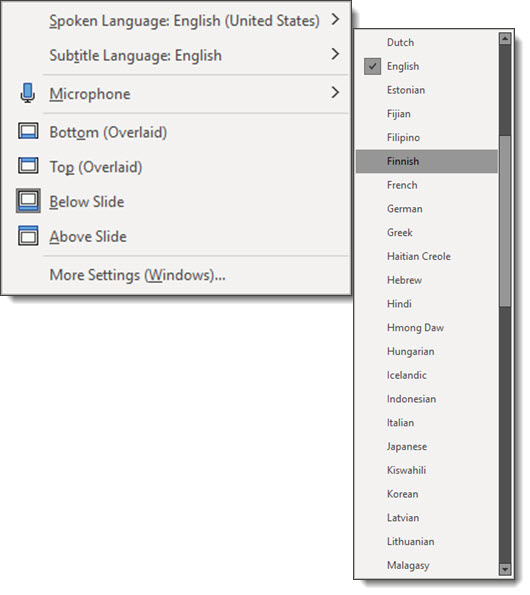
See the previous few posts for examples of Presentation Live’s live transcription. For the balance of this post, I am going to overview the PowerPoint Subtitles feature.
When you start a presentation with subtitles turned on, this info dialog greets you (same cartoon character styling as the Presentation Live QR Welcome screen)
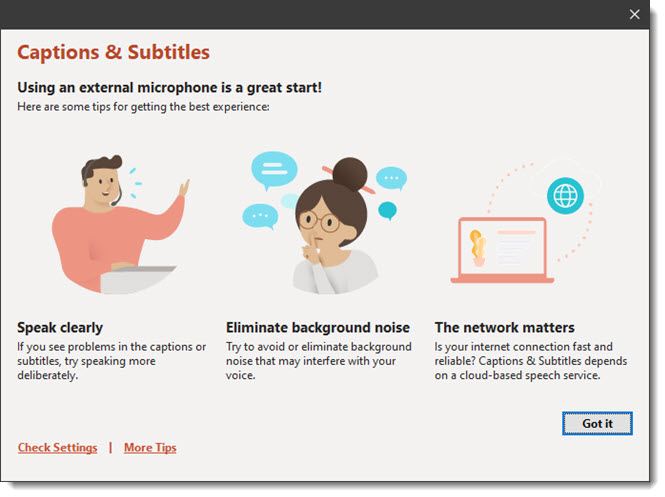
Before the slide show starts, most of the subtitle settings can be accessed directly in the ribbon. After the slide show starts, clicking CHECK SETTINGS from the info dialog gives you another chance to set details for how the subtitles will display. As example, from the ribbon and check settings dialog, where the subtitle text will display can be set.
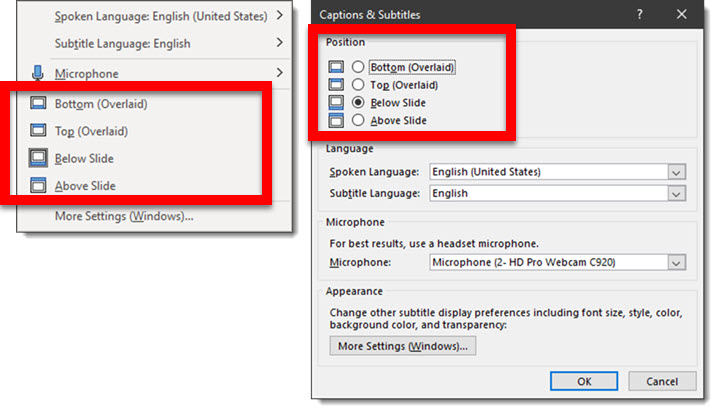
Click MORE SETTINGS (WINDOWS) and the Windows Closed Captions settings options opens (assuming you are running PowerPoint for Windows). This is a great clue that many of the new services are not exclusive to Office, but a collaboration among several Microsoft development teams.
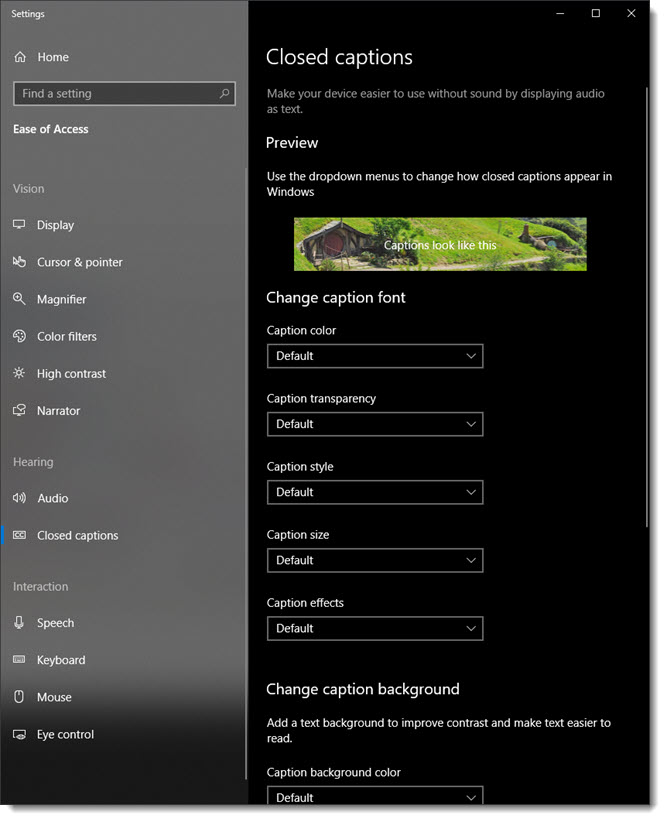
And here is the sample presentation in slide show using the default “Below Slide” position. Note: I am not a fan of how this was implemented. The slide maintains the correct aspect ratio, is sized down to make room for 3 lines of subtitle text and leaves the unused area on the left and right as part of a thick black border. I understand my ideas for making this more eloquent require a lot of coding, but I cannot justify this simple approach as an onscreen display for a professional meeting.

If I was to use PowerPoint subtitles in a professional meeting, I would have a template that integrates a clear area in the lower section and use the BOTTOM (OVERLAID) position. The slides would remain full screen, the sub-titles would have a branded area to display on, and the presenters would need to adhere to the clear area in their slide design.
The important point is, PowerPoint Subtitles and Presentation Live transcription are different features, display the translation in different locations, and can actually be used at the same time (I will leave it to you to experiment with that idea 🙂 ).
Troy @ TLC



